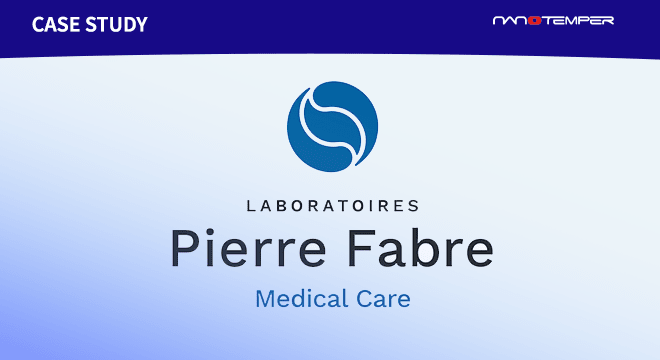
Have you ever found yourself combing through a dozen experiments, sorting through all your data, and trying to draw conclusions? Of course you have! Researchers spend their days alternating between performing experiments and trying to analyze the results—and often the data piles up before you have a chance to look through it all. Regularly keeping up with data analysis is important to do in order to produce sound conclusions and steer your research in the right direction.
PR.Stability Analysis offers a great feature to dramatically reduce the amount of time you spend processing your Prometheus data. With Key Parameters, it is possible to quickly and reliably calculate the thermodynamic unfolding properties of your proteins, no matter how many datasets pile up. Key Parameters presents a streamlined analysis option, quickly displaying experimental parameters that matter most to you in an easy-to-read graphical output. Welcome to another installment of Application Academy, where we explain how to use Key Parameters for data analysis.
How will Key Parameters help me?
Efficiency is crucial. Scientists have limited time in the day to finish the endless tasks associated with research. Saving time without sacrificing quality is key for making researchers’ lives easier. PR.Stability Analysis software offers many features to cut down on time spent doing data analysis without sacrificing quality. And no feature helps you do this so as quickly as Key Parameters.
Those who have used PR.ThermControl or PR.ChemControl will be excited by this upgraded feature in PR.Stability Analysis. Key Parameters lets you decide which results matter the most for your analysis and quickly apply them to your whole data set. Personalize your data output and save templates to use again in the future. Key Parameters also offers a visually appealing summary of your selected parameters, making it easy to do real-time data analysis throughout the course of your experiments.
What are the benefits of Key Parameters?
- Chose data analysis output that is most relevant to you: Perhaps you’re only interested in the first inflection point of your data. Maybe you are only examining scattering to understand aggregation better. Or maybe you need as many parameters as possible to draw conclusions. No matter how many data pieces you need to analyze your experiment, Key Parameters allows customization of your analysis. See Advanced Options for more ideas of what data analysis parameters are available.
- Get a rapid visual representation of your data: Whatever Key Parameters you choose will be displayed in a separate window. The parameters will be grouped and color-coded by merged sets, making it easy for you to quickly find outliers or deviations among your data.
- Sort your data quickly: Key Parameters can also sort your data by the chosen parameter. Quickly organize your results for better visualization – for example, if a shift in the first inflection point is your main selection criteria, you can organize your results by increasing IP1 and identify the sample with the highest IP1.
- Create templates for repeated analysis: As your datasets pile up, you want to ensure consistent analysis so that you can be confident in your conclusions. With Key Parameter analysis templates, you can be sure that each data set is evaluated in the same way, paving the way to better conclusions and faster results.
How do I use Key Parameters in PR.Stability Analysis?
Lindsay Dawson, Applications Specialist with NanoTemper, is here with another great video explaining how to use this feature to improve your data analysis workflow.
Key Parameters summary
- Select the data you would like to evaluate
- Click “Choose Key Parameters” at the top of the screen and check off the parameters you want to evaluate and hit “Apply”
- The interactive summary tables will display in the lower-left window
- Use the export option in the upper left corner of each parameter window to export this information as a chart or image
Streamline your data analysis today with PR.Stability Analysis
Prometheus users can save time and feel just as confident in their results with the help of PR.Stability Analysis, but the solutions offered by NanoTemper don’t end there. Visit the NanoTemper Support Center to find useful tips and tricks or get connected to our stellar team of Applications Specialists. And keep looking out for more installments of Application Academy!























